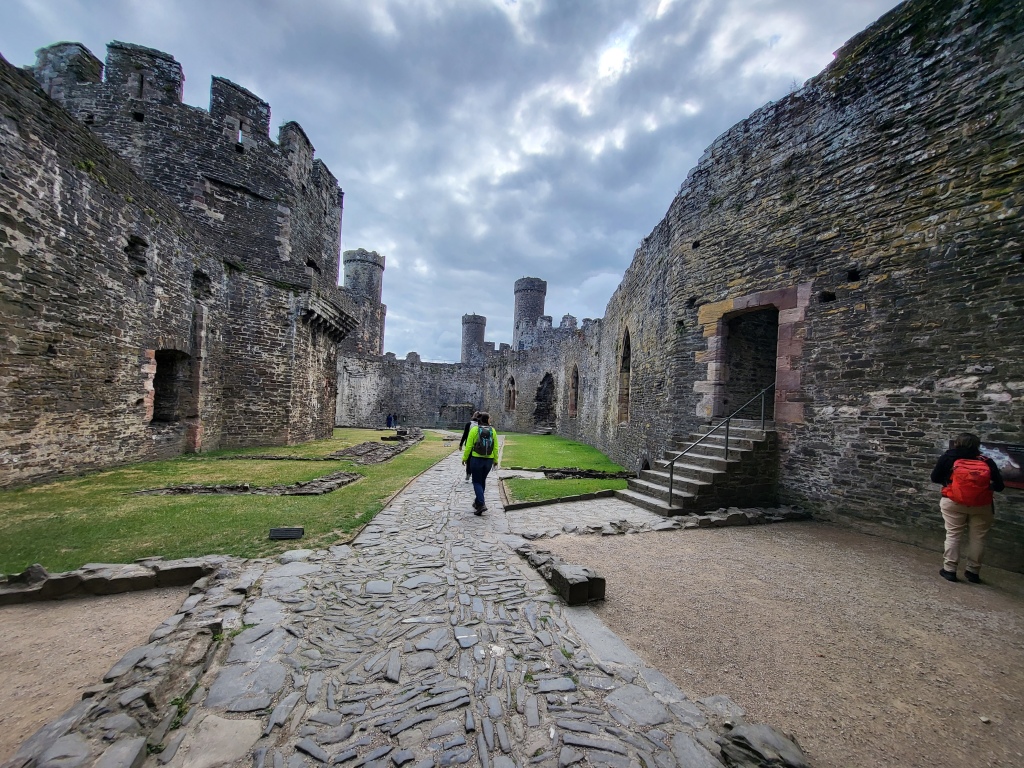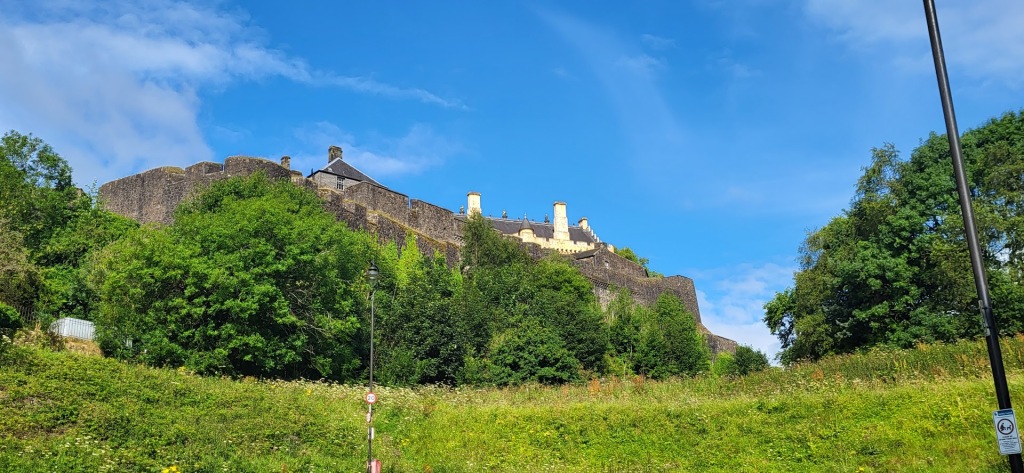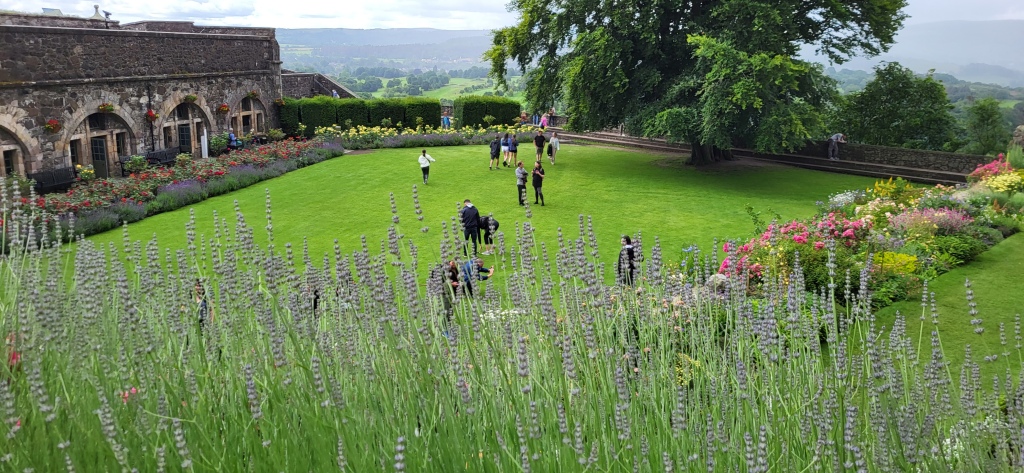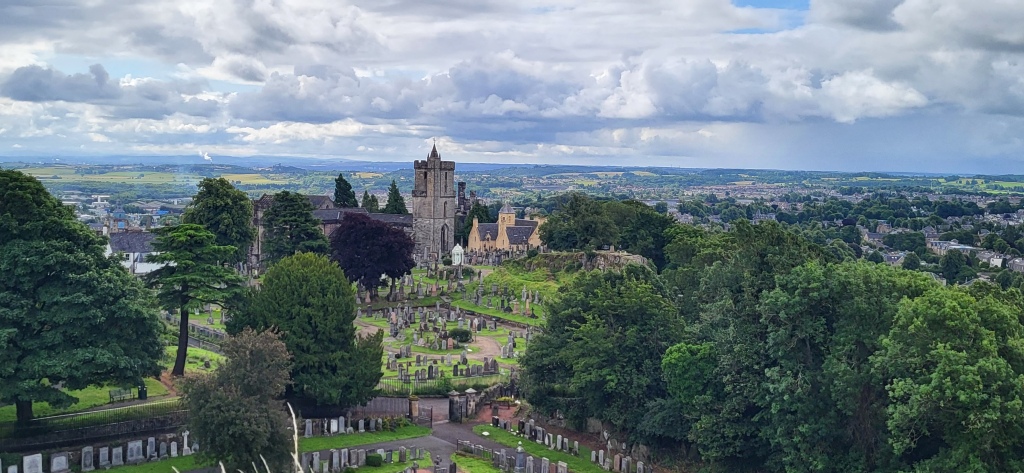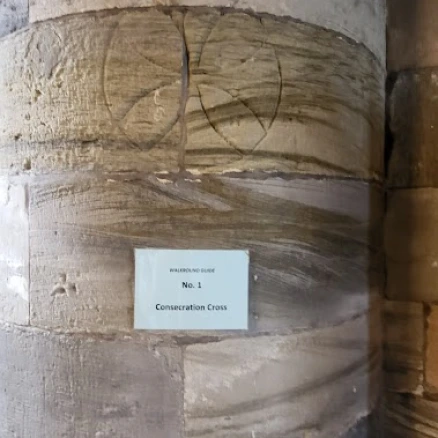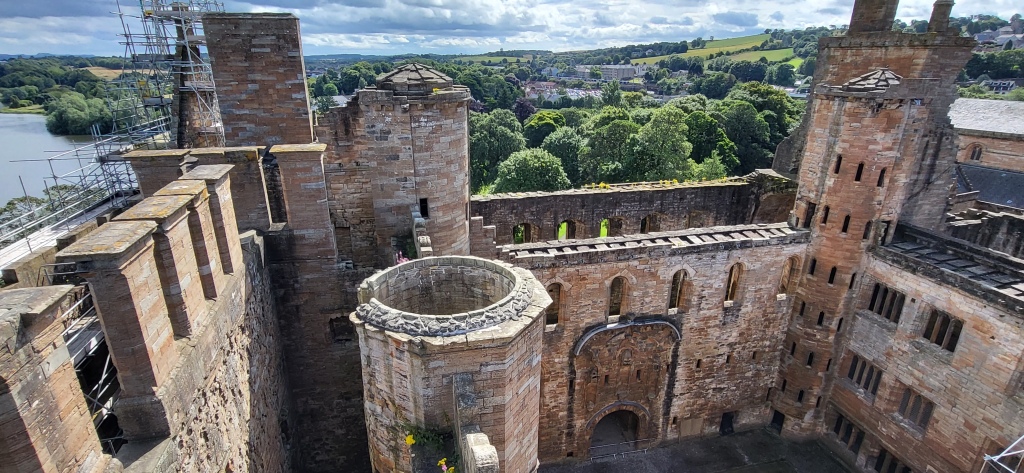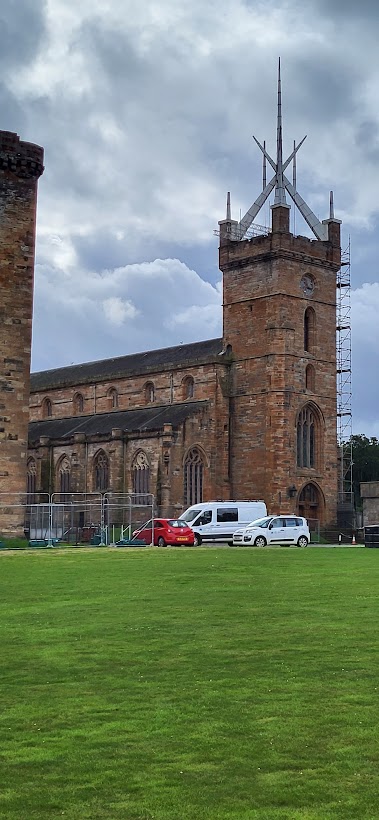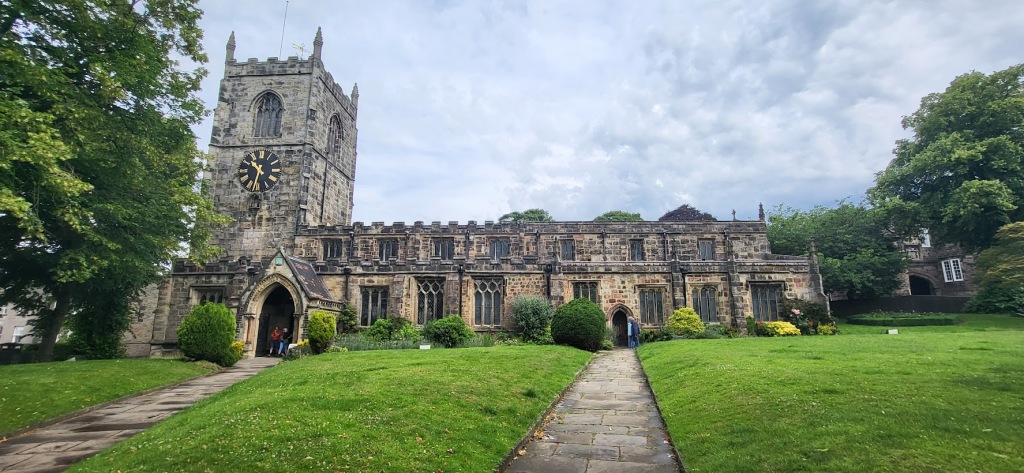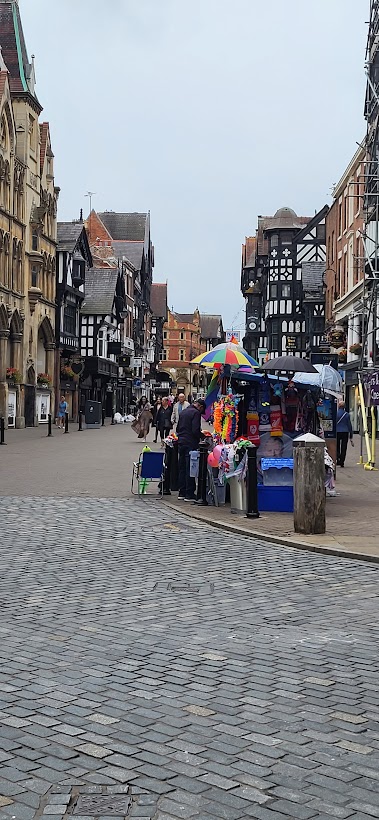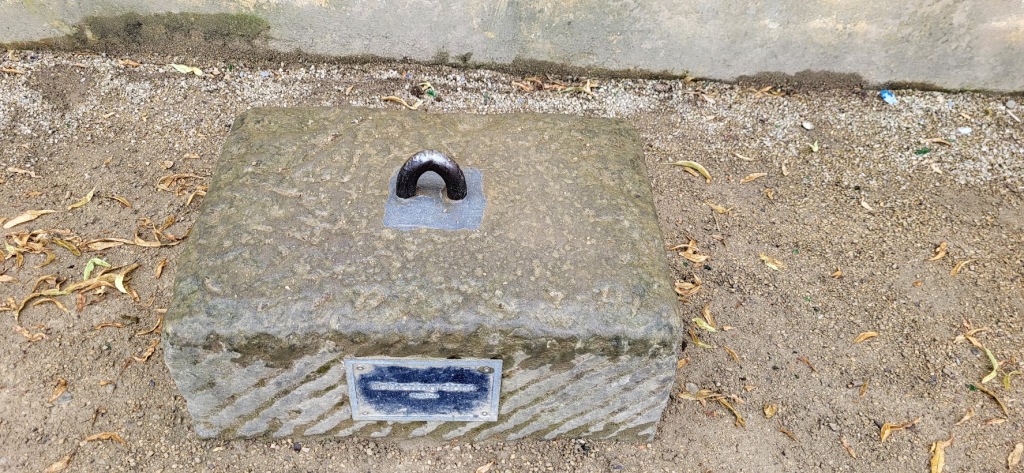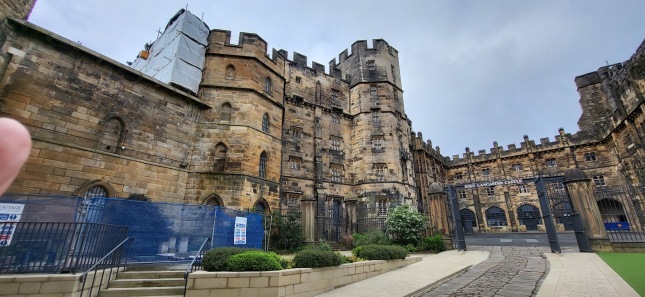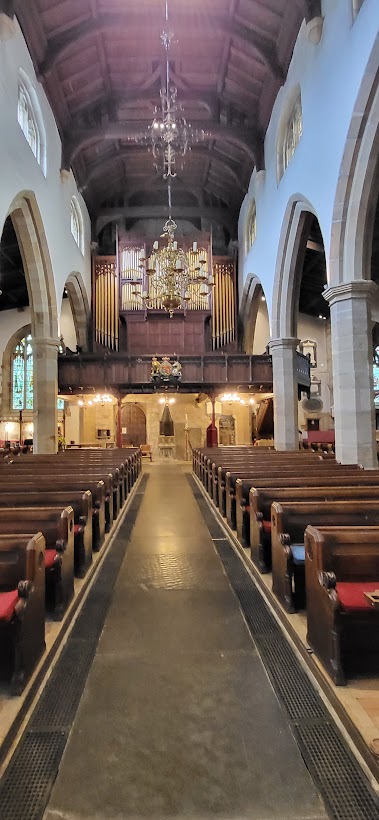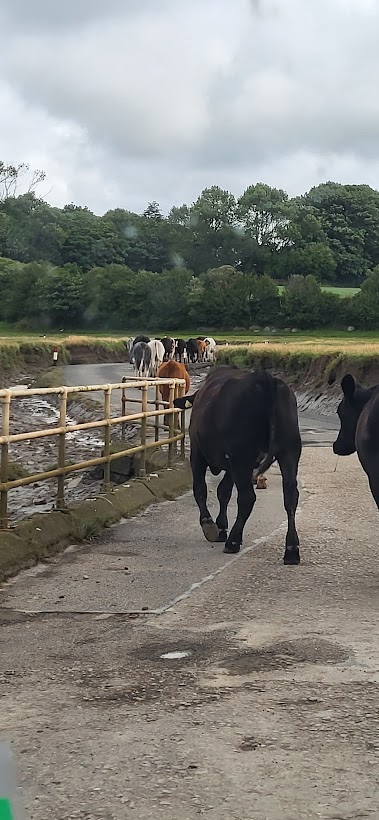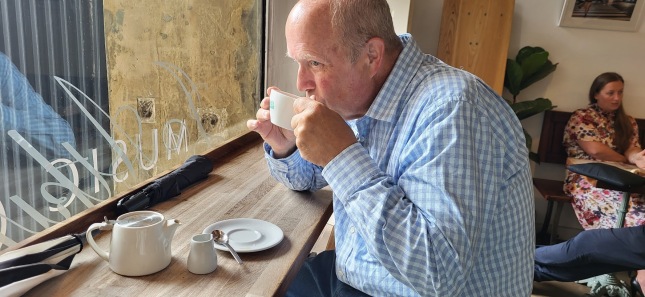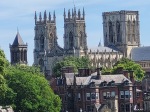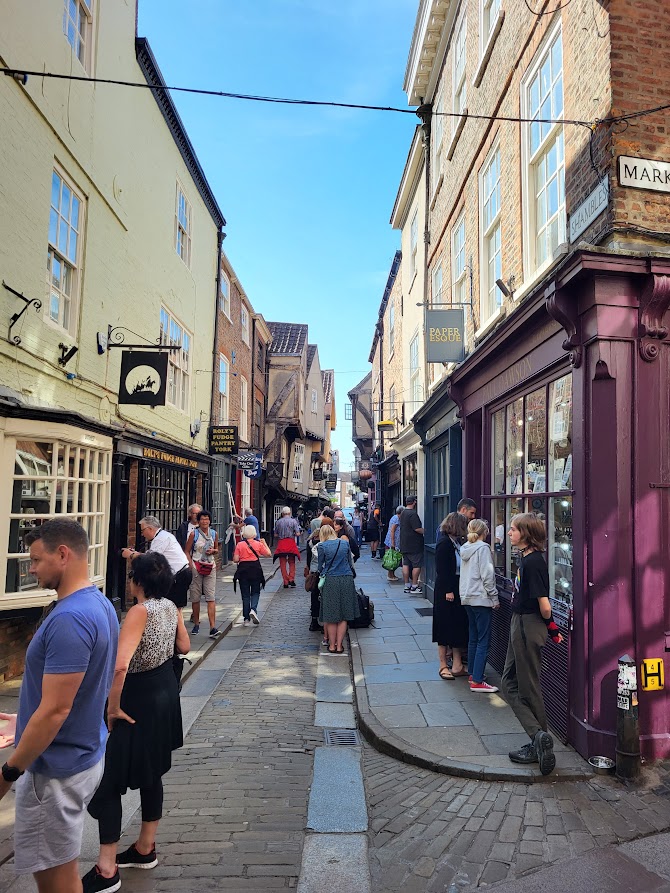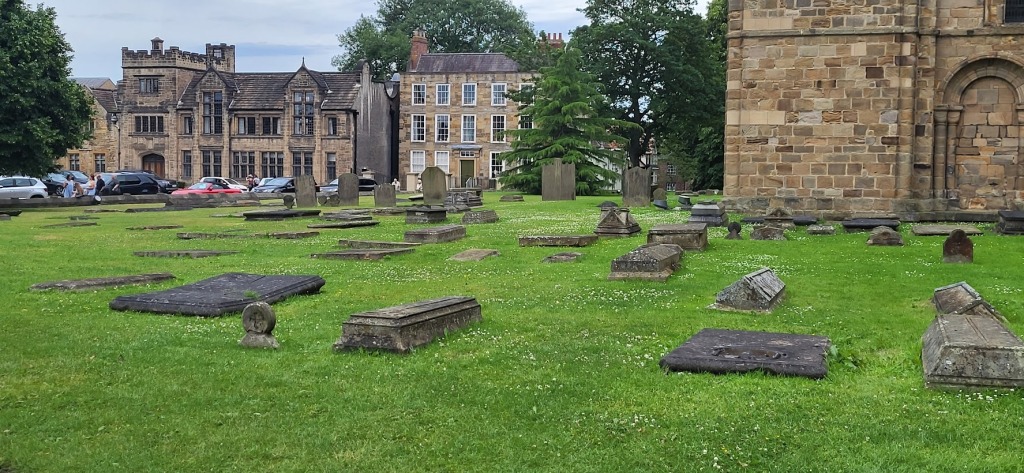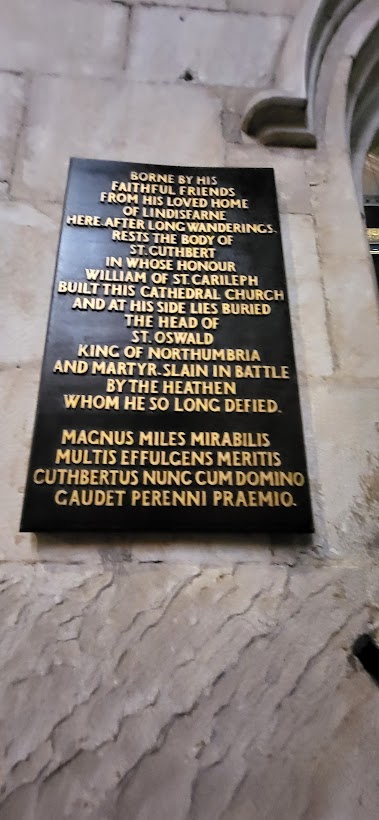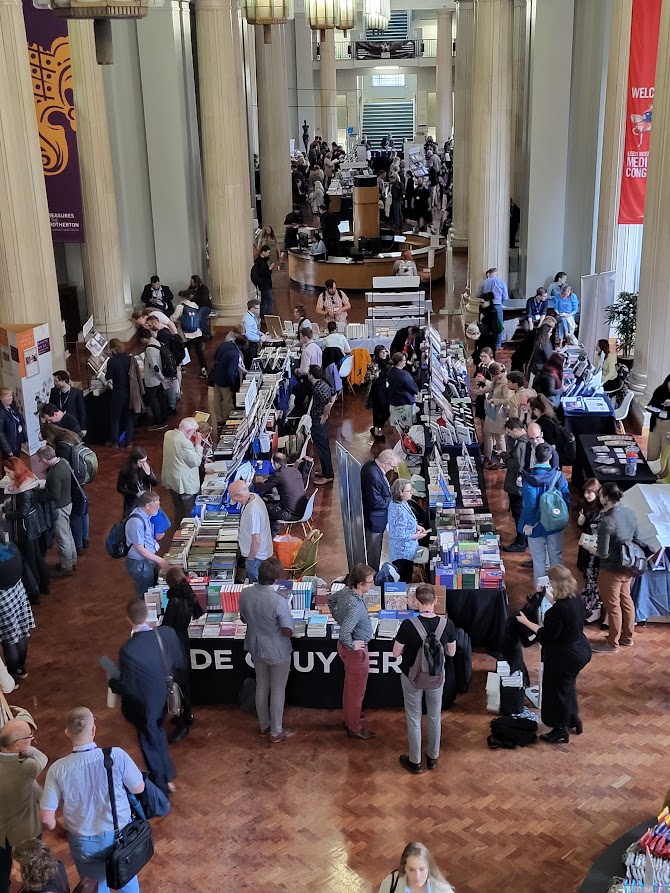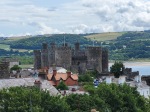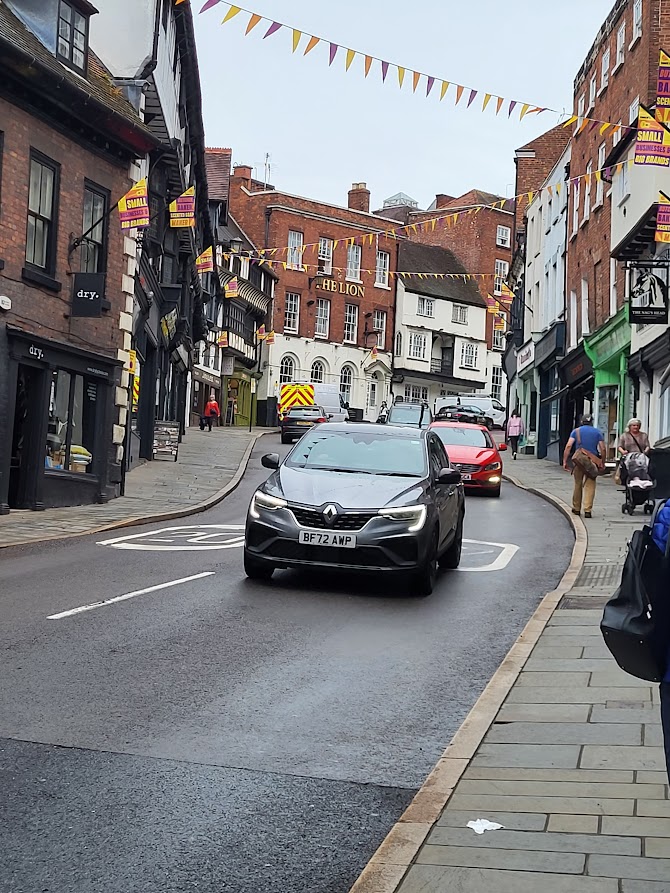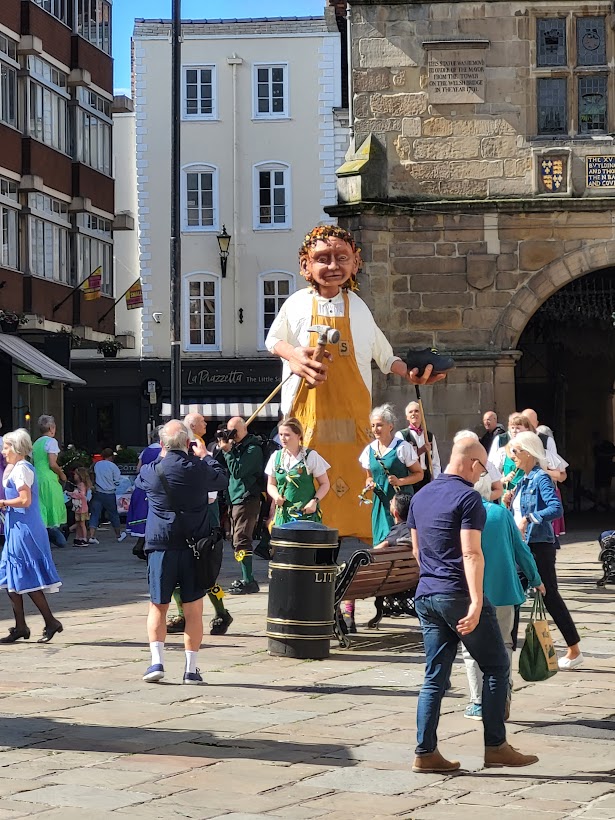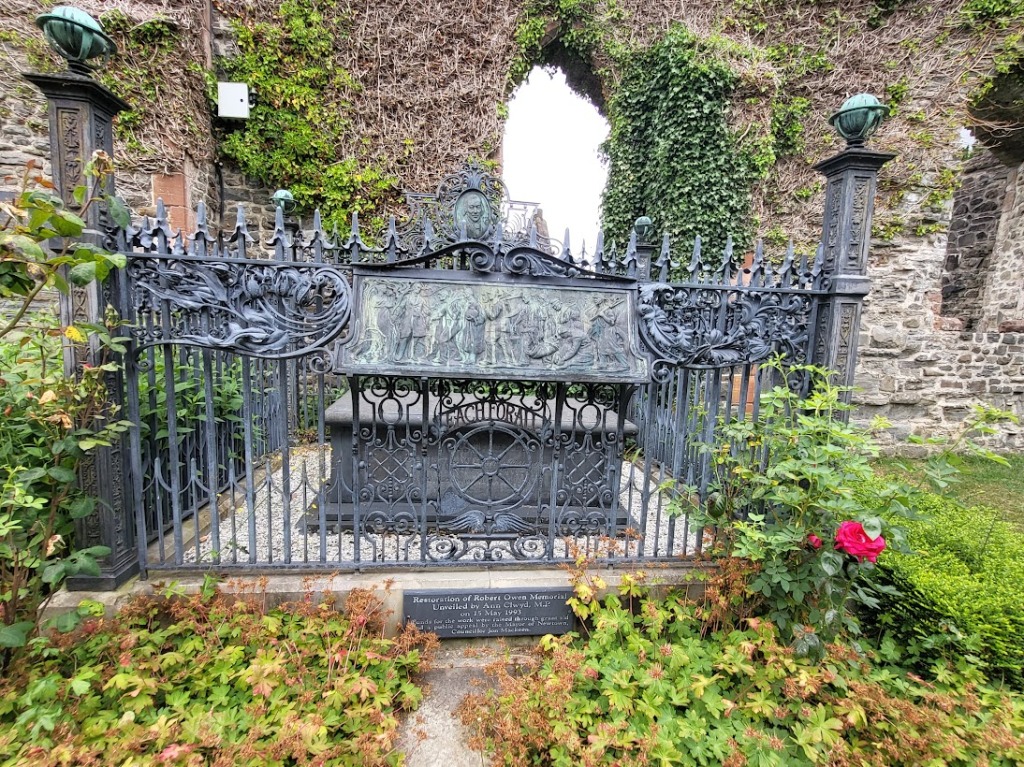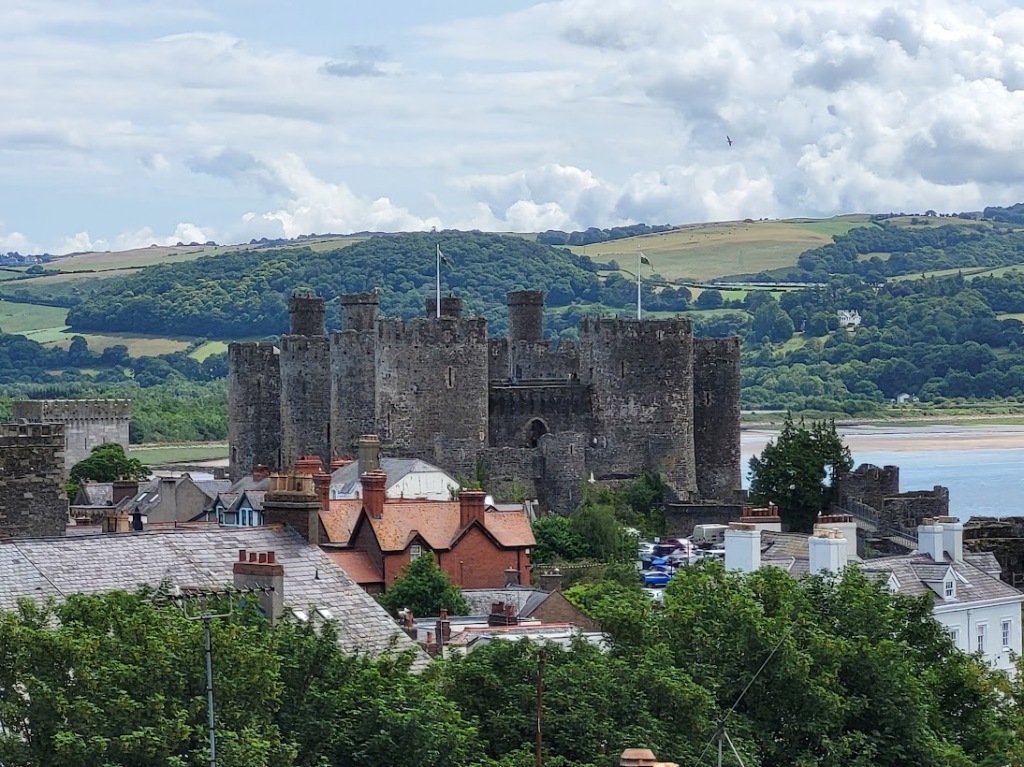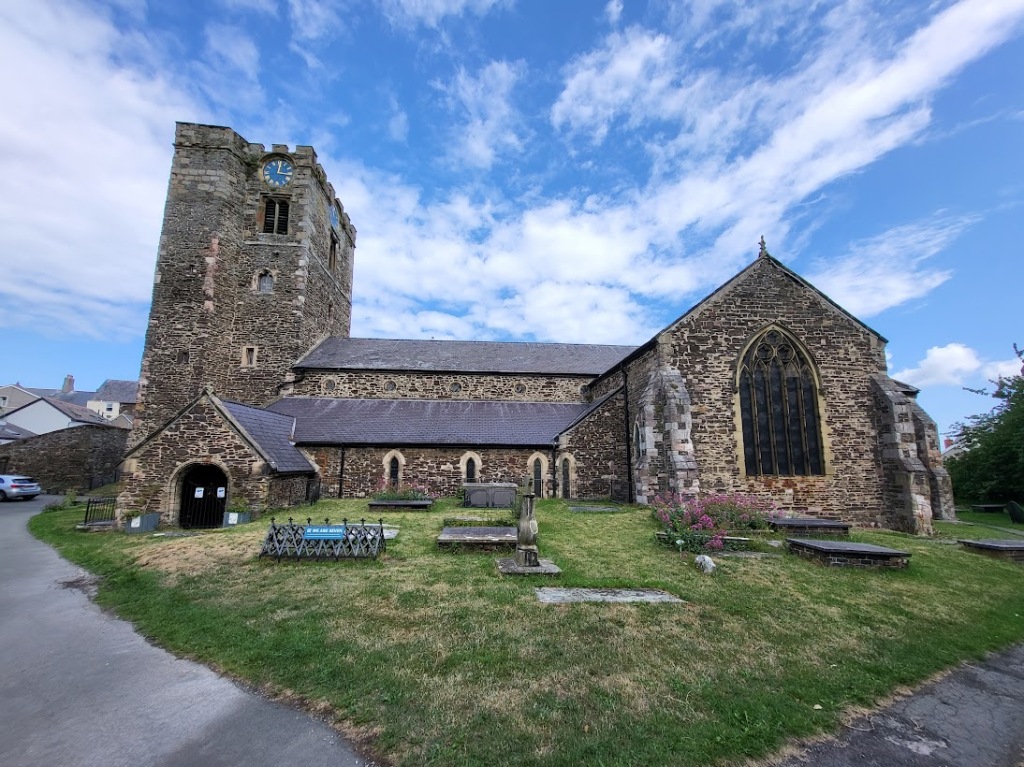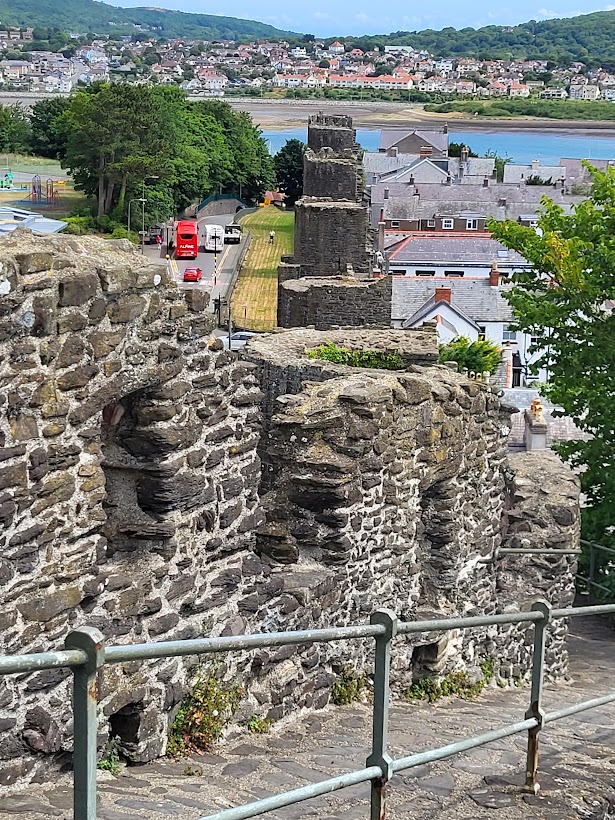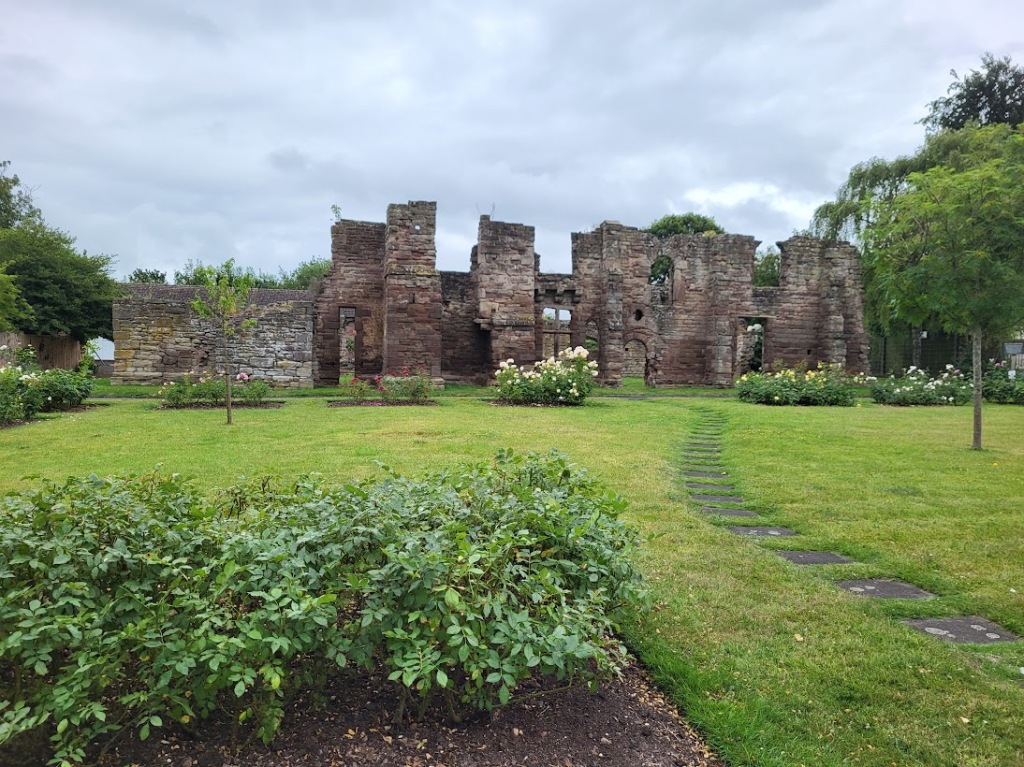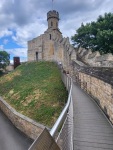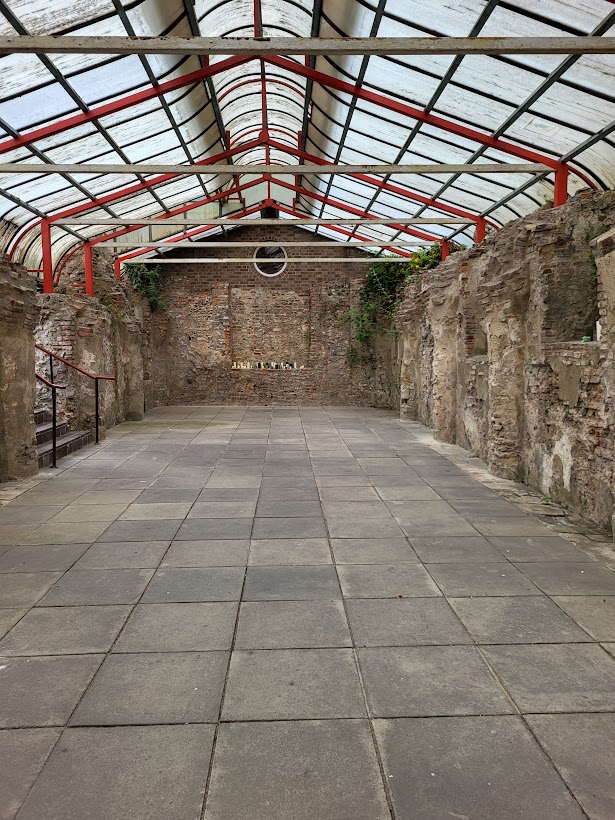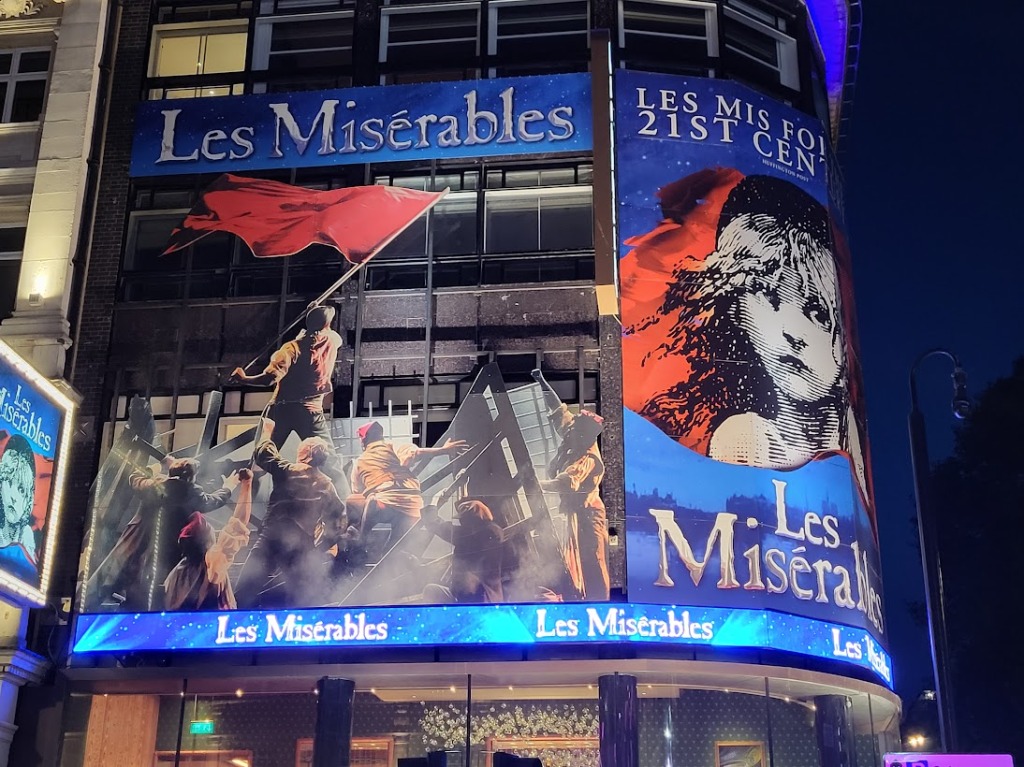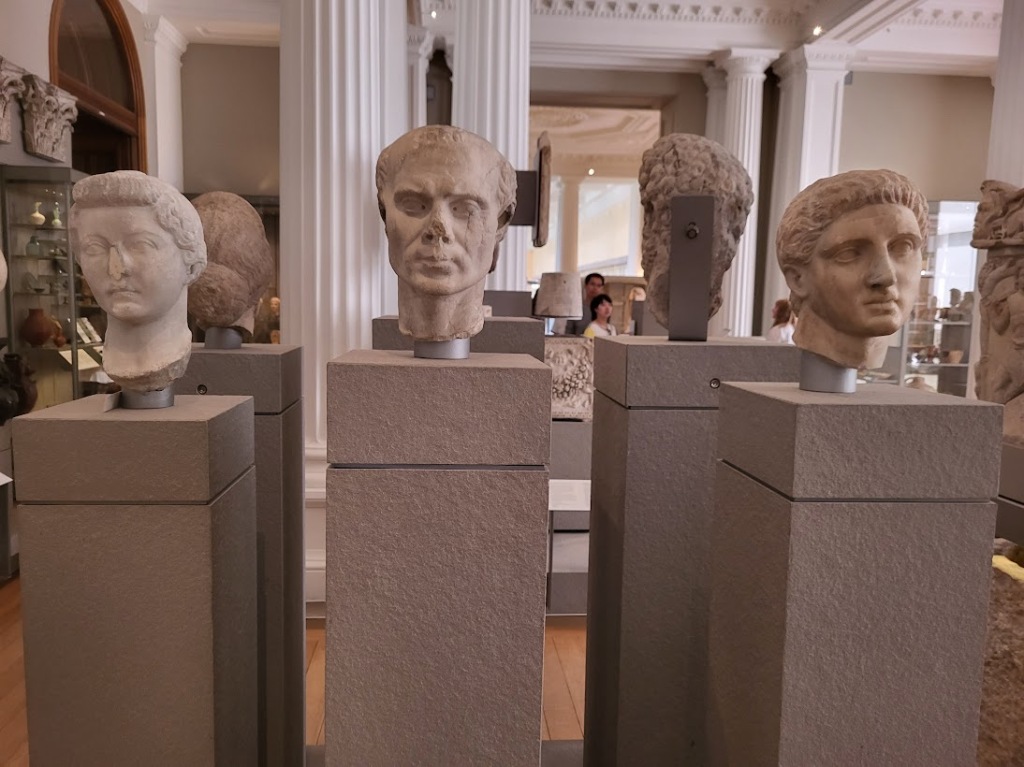So apparently I’ve had this thing going on. Said “thing” was the post about my Scotland leg of last summer’s visit to the UK. I started it last fall and kept picking away at it. It never felt right – and I don’t think it’s my best – but a few days ago I decided the heck with it, I was going to finish and if it sucked then so be it.
And it’s as if someone pulled a cork. With that out of the way I have this urge to start talking about a few individual sites I visited, places which made an impression on me for one reason or another. Don’t worry – I visited 63 separate sites but only expect to post about a few. I’m going to start with one of the simpler ones, Conwy, mainly the castle but also a little about the town.

Wales in the 13th Century
Before I get to Conwy, a bit of background seems appropriate. Those of you familiar with the English conquest of Wales can skip this however I will be brief.
Basically, England had been having trouble with its Western neighbor for a long time. The Welsh liked to raid into the more fertile, wealthier English lands and just caused trouble. Various English monarchs had tried to do something about it. They established the Welsh March where nobles held lands bordering Wales in order to suppress them. Sometimes this worked, sometimes not, depending on the strength of the English. There were occasional treaties but these never changed the situation much. And yes, I’ve just condensed 250 years into one paragraph.
When Edward I became King of England he decided enough was enough. His father, Henry III had negotiated a treaty with the Welsh in 1267 but Edward didn’t care for it, invaded Wales and signed a new treaty ten years later. Within a few years this evidently wasn’t good enough and he set about on a full-scale invasion and conquest. His strategy was a new one. Once he entered Wales and took control of a section of territory, he built strongholds, towns , and settled nobles loyal to him to hold the area. This took a long time but by 1300 the conquest of Wales was largely complete. Sure there were uprisings and small-scale battles – and I believe Wales became independent for brief periods thereafter – but in general Wales became part of England from that point on.*
My impression – and I read on this maybe two decades ago so this as well as the previous paragraph is VERY generalized – is that Edward I succeeded where his predecessors had failed for two main reasons. One was persistence. This was a personal characteristic but Edward I has always come across to me as someone who, once he set his mind to something, pursued it relentlessly. He just did not accept that his vision of what should be wouldn’t eventually become reality. The second was his castle-building and the placing of armed forces in Wales.
An interesting contrast is sometimes drawn between Edward’s success in Wales and his failure in Scotland. One reason is certainly that Scotland was able to raise enough manpower to field actual armies and that during key battles English commanders, quite frankly, screwed up. But the other is that he did not build a bunch of castles in Scotland and settle his people there. The reason for that is simple – money. He had spent so much on his Welsh fortifications that the treasury just did not have the funds to pay for something similar in the North.
Conwy Castle
Initially I had thought about visiting several of the North Wales Castles – Caernarfon, Harlech, and Beaumaris – in addition to Conwy. A good chunk of what are often called Edward I’s Iron Ring of Castles. But the reality of having just so much time in the UK set in. In the end, Conwy was one of the easiest to reach by rail from Shrewsbury and it became my choice though I think Caernarfon could be an option for a future trip.
The building of Conwy Castle and the settlement of the town was part of Edward’s Welsh conquest. The site was designed to dominate and control the River Conwy, a major waterway, and the Conwy valley, located in Northwest Wales. Building began in 1283 and was completed by 1287. In addition to the castle, walls were built and a town established. The area had been settled before this however Edward expanded this by laying out a town grid pattern and enclosing a substantial area within defensive walls.
Conwy Castle dominated the landscape from the moment I got off the train. I set off in its direction, found it easily – and then wandered around for a decent amount of time before I found the entrance. There was some construction taking place so one obvious route was closed off but I finally saw where others were walking and made my way there.
One of the interesting aspects of Conwy is that it does not have a gatehouse, just gates. I’d categorize the structure as mostly intact but it does not have a roof and hasn’t since the 17th century. There are three levels you can make your way around, mostly, though none of these are 100% complete. But it is well-maintained, has fences in various places for safety, and is compact.

The overall impression I have of Conwy is that it is utilitarian. Yes, it is designed to be imposing and dominate the area, but it’s actually relatively small and compact. The castle has eight towers within a fairly condensed space. The various rooms and halls are much smaller than at Lincoln Castle or the Tower of London.
There’s a Conwy Castle floor plan at this site in case you want to have an idea where in the castle I’m talking about.
After passing through the West Gate the first area I reached was The Outer Ward. This is a fairly large open space where soldiers could train and people could move about. And obviously, in the event of an attack, it serves as the place where defenders move about into positions.
Adjacent to the Outer Ward are several rooms including the Great and Lesser Halls and the Chapel. This was an area where I strongly felt Conwy’s more strictly military purpose. These rooms are substantially smaller than in Lincoln or Dover Castle or The Tower of London, the castles I had visited previously. I’m sure the people living there were comfortable but with Conwy, it was designed to be impressive from the outside. The inside was not meant to be an ostentatious show of wealth.

Beyond the Outer Ward and rooms is a smaller space, the Inner Ward. This included the King’s Hall and Chamber. Edward did visit Conwy in 1294 and was actually besieged there in 1295.

Beyond the Inner Ward is the East Gate passage and East Barbican.


The upper level doesn’t take all that long to walk, depending on how many towers you want to go up. I only climbed a couple.

What I liked about Conwy, beyond the connection with history, is how easy it is to get a sense of. It is small, compact, but fairly complete. The various rooms are well-labeled. There isn’t a lot of wasted space. Master James of St. George designed a very functional stronghold, though I do wonder if there was some sort of design flaw. There are reports of leaking roofs and rotten timbers by the 1320’s though this may have been due to poor care and maintenance.
From a visitor perspective, I grew to appreciate the lack of a roof in a mostly intact building. In a complete castle such as Lincoln or Dover, I’d wander around inside, look at signs to various rooms, see fireplaces, etc., but I didn’t have much sense of where I actually was within the structure. Locations such as this or the Stuart Palace in Linlithgow allowed me to know where I was in the building and have a feel for the layout.

After I left the Castle I walked the Conwy Town Walls. I mainly walked four sets of UK walls; here, Lincoln Castle, and the York and Chester City Walls. There were bits and pieces elsewhere such as at Dover. Where Conwy was unique was in the texture of the stones which were rough and uneven, and in the slope.
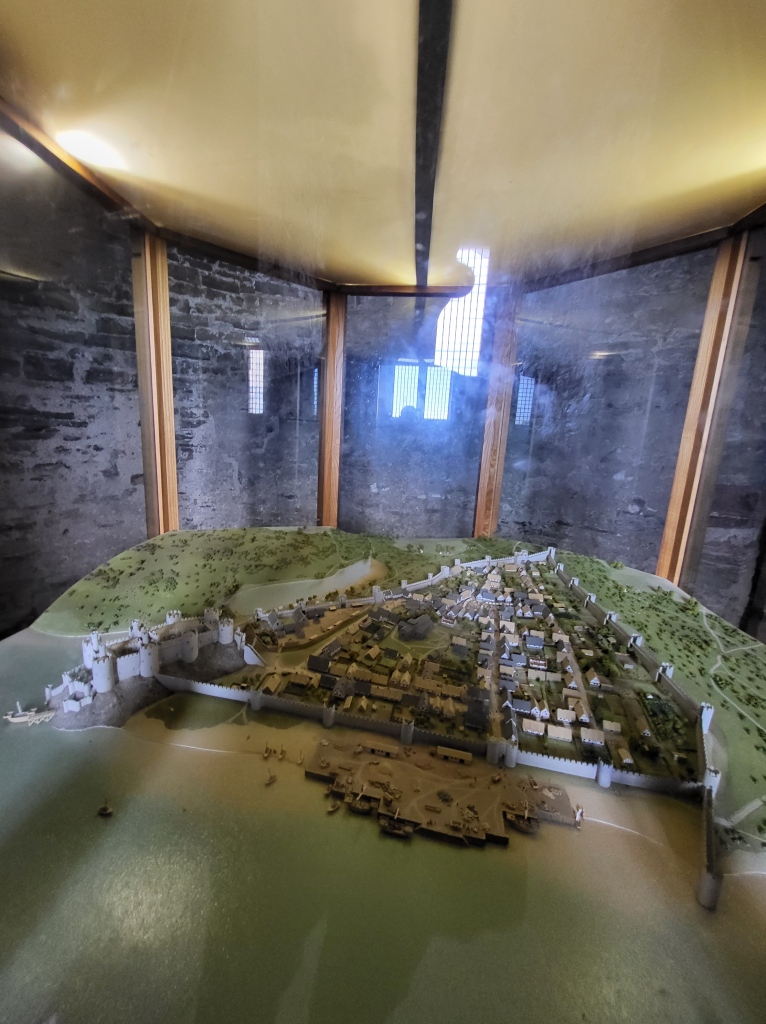
While in Conwy I also visited The Church of St. Mary and All Saints. It was located fairly close to the walls so I hopped off, visited it, then resumed my wall-walking.
I really enjoyed this visit. One reason Conwy Castle is so memorable for me is that it remains largely as it was during the Middle Ages. After Edward I it never received a great deal of attention and was derelict by the 17th century. Castles I had been in to that point, particularly Dover and Lincoln, had been in continuous use into the 20th century with, as you may expect, modifications over time. Another reason is that this is a place that exists for one purpose – military. It is compact, efficient, and has minimal wasted space. After having seen castles that doubled as Royal Residences, the utilitarian nature of Conwy was a sharp contrast.
References
*My two main sources for this include:
Davies, R.R., The Age of Conquest: Wales, 1063-1415, New York: Oxford University Press (1987). ISBN: 9-780198-201984
Prestwich, Michael Edward I, New Haven: Yale University Press (1997). ISBN: 9-780300-071573

